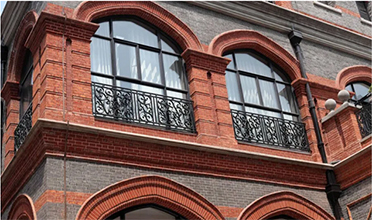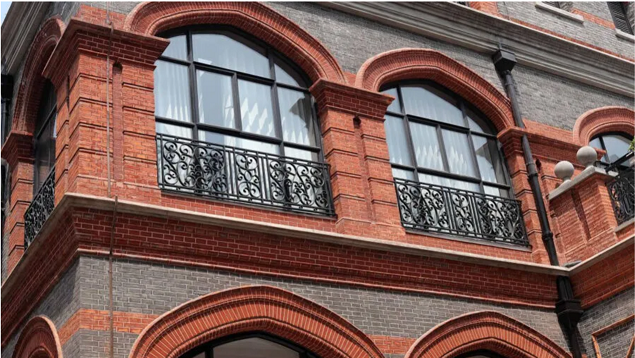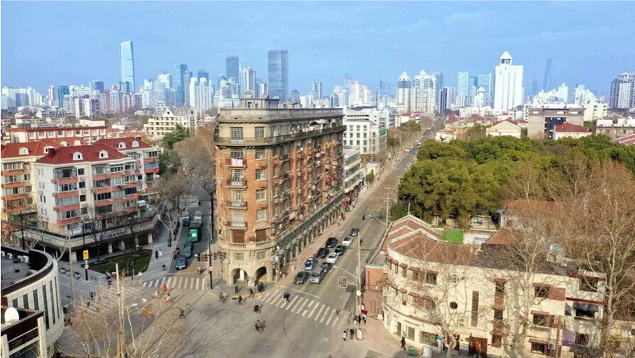



Cultural heritage is a valuable asset left by Chinese ancestors and also an important resource to be passed on to future generations. The conference on cultural heritage protection and inheritance emphasized that efforts should be made to build a protection system, promoting the systematic protection of cultural heritage, then building the great protection pattern.
In 1981, the State Construction Committee, the State Administration of Cultural Heritage and other departments submitted a report to the State Council on the "Application of protecting China's famous historical and cultural cities". In February 1982, the State Council approved the application and made a precise interpretation of the importance of city protection, pointing out that the protection of a number of famous historical and cultural cities has a positive significance for the inheritance of long-lasting cultural heritage,the promotion of glorious revolutionary traditions, patriotic education, the construction of socialist spiritual civilization and the expansion of China's international influence.
On the one hand, contemporary historical cities and the traditional wisdom contains provide experience and confidence in ecological conservation, green development, and cultural creation. On the other hand, in their daily lives, ordinary people may not give much thought to issues related to the conservation of urban cultural heritage, and their concern for the contemporary characteristics and aesthetic significance of urban space is relatively limited. For many people, the city is a space for production and life, a huge container serving various functions and needs, but there is still a lack of full understanding of the cultural, artistic and heritage values of the city. It even seems to some that cities only containing important historical landmarks and beautiful squares and streets can be called cultural cities.
Based on this background, in September 2021, the General Office of the Central Committee of the Communist Party of China and the General Office of the State Council issued the Opinions on Strengthening the Protection and Inheritance of Historical and Cultural Heritage in Urban and Rural Construction. The document pointed out that it is necessary to "achieve full spatial coverage, full inclusion of all the elements”. So that not only protecting the buildings, but also the streets and lanes, and the urban pattern, as well as the historical lots, natural landscapes, human environment and intangible cultural heritage. It should be clear here that "urban pattern" and "historical lot" are not abstract concepts, but rather a comprehensive physical environment that includes historical buildings, street spaces and residents' lives.

Historic locations play an important role in city life. The living atmosphere, unique spatial and cultural charms, as well as social diversity and inclusiveness of old urban areas provide a possibility for a high quality of citizens’ lives. The conservation and rehabilitation of historic districts can directly improve people's livelihoods and contribute to sustainable socio-economic development. Historical and cultural districts are living places that preserve a certain number of historical buildings with relatively intact features, which not only record a large amount of historical and cultural information, but are also intertwined with the current living culture of citizens. The protection of historic districts can comprehensively improve the living conditions of old districts, enhance community cohesion, and revitalize the vitality of old cities through the protection and remediation of the historic built environment. Historic and cultural cities signify people’s memory and identity, and their aesthetic value and cultural richness can support pluralistic and harmonious human relationships. The concept of historical and cultural cities reflects the qualities of a city, and its protection and management should be the guiding principle and basic principle of the city's development strategy, which should be integrated into the master plan, and the concept of "giving priority to protection" should be implemented in the spatial layout and land use. Essentially, every historic and cultural city is a unique cultural site, and urban conservation should discover and enhance its unique character while shaping local identity.
Over the past half-century, the process of urbanization, unprecedented in human history, has driven social change and economic growth, while at the same time resulting in the continuous erosion of spatial textures and social structures of historical and cultural value. Outstanding problems such as "constructive destruction" must be thoroughly addressed. The previous approach of "tearing down and building up" old buildings has resulted in negative impacts such as the destruction of historical landscapes. Therefore, it is necessary to protect urban cultural heritage through the strictest system and the most rigorous rules of law. In addition, in order to change the crisis of urban characteristics, we must deal with the relationship between tradition and modernity, inheritance and development, so that our urban architecture can better reflect the regional characteristics, national features and modern styles.
At the end of 2023, General Secretary Xi Jinping, during his visit to Shanghai, emphasized the importance of focusing on the inheritance of the city's cultural lineage and strengthening the protection of cultural relics and heritage. Urban culture is an organic connection formed by natural, artificial and humanistic environments in the process of historical development, a manifestation of diversity arising from the interaction between human beings and nature, and a cultural landscape of the collective identity of a community or a city.

Architecture is a solidified history book, a concrete embodiment of human thoughts and memories. Historical and cultural heritage is an important carrier for sustainable urban development and a comprehensive resource for the construction of a beautiful China. Social transformation and innovative development cannot be separated from the inheritance of urban culture. And the beautiful living environment can also become a proper ground for creating new cultural forms. The more modernized human society becomes, the more history and culture should be treasured. Urban conservation is a cultural necessity, and it is the responsibility of the present generation to protect historical and cultural heritage for future generations.
Author: Zhang Song, Vice Chairman of History and Theory of Urban Planning, China Association of City Planning; Professor, College of Architecture and Urban Planning, Tongji University
Translated by Zhang Chenxi
Source:<https://mp.weixin.qq.com/s/rYdxP9x5_0sVkGS-_bdwMw>